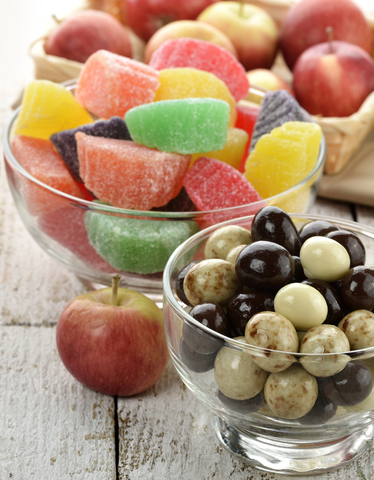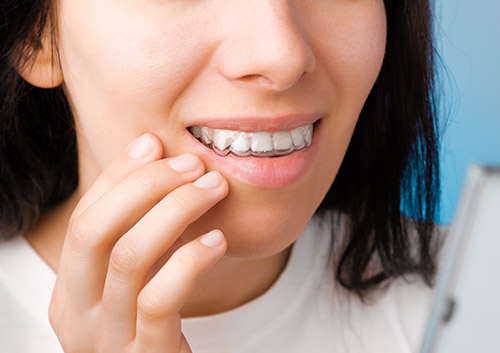This April, Let’s Celebrate National Facial Protection Month!
April 6th, 2022

Poor April. While other months celebrate romance, or giving thanks, or costumes and candy, April has—April Fool’s Day and a tax deadline. We might be forgiven for thinking these two dates seem more like warnings than celebrations.
So here’s a new topic for the April calendar: National Facial Protection Month! Take the opportunity this month to review your safety practices while you’re enjoying your favorite activities.
- Mouthguards
If you have a mouthguard for sports or athletic activities, wear it! In any activity or sport where humans come into contact with solid objects (including other humans) tooth injury is possible. A mouthguard will help protect you from dental injuries caused by falls, physical contact, or other accidents that might happen in your active life. And it’s not just your teeth—mouthguards protect your lips, tongue, and jaw as well.
You can buy mouthguards in stock sizes or shape-to-fit models, or you can have a guard made especially for you at our Mount Vernon, WA office. Custom mouthguards fit perfectly and are designed to make breathing and speaking easy and comfortable. If you wear braces, a custom mouthguard can be designed to protect your smile and your appliance. Just talk to Dr. Andrew Nalin for suggestions!
After all the time and work you’ve put into your orthodontic care, don’t let a sports injury set you back. What else should you consider for your facial protection?
- Helmets
If there’s a helmet available for your sport, use it! Helmets are especially important for protecting athletes from brain injury and concussion, and they help protect the face and jaw as well.
- Face Guards
If you’ve experienced a puck speeding toward you, or a defensive tackle hurtling your way, or a fast ball coming in at 90 miles an hour, you know the importance of wearing a face guard. These guards can help protect your eyes, face, teeth, and jaws. Many sports now recommend using face guards—it’s worth checking to see if your sport is one of them.
- Eye Protection
And let’s not forget eye protection. Whether it’s safety glasses or a visor, protecting your eyes and the bones around them is extremely important. You can even get sports goggles or protective sports glasses with prescription lenses to keep you safe and seeing clearly.
So here are a few suggestions for your calendar this month:
- If you haven’t gotten a mouthguard yet, now’s the time. Tooth and mouth injuries occur in sports beyond hockey and football. If you play basketball, ski, skateboard, ride a bike—in fact, almost any sport where you can fall or make contact with a person or object—a mouthguard is a must.
- If you need to replace an ill-fitting or damaged helmet and face guard, do it before your next game. And do replace a bike helmet if you’ve been in a crash—most likely it won’t be as protective, even if damage isn’t visible.
- Talk to your eye doctor about protective eyewear if off-the-rack products don’t work for you.
- If you are a parent or caregiver, make sure your child athlete has the proper facial protection—and uses it.
- If you are a coach, make sure your athletes have the right protective gear—and wear it.
- It’s also a great time to commit to using your protective gear every single time you’re active.
But, wait—these reminders are helpful and important, but weren’t we promised something to celebrate this April? Good catch! The great news is, using facial protection for sports and athletic activities gives you rewards you can celebrate all year: fewer injuries, fewer visits to the emergency room, and a beautiful, healthy, intact smile. Suit up!




 Website Powered by Sesame 24-7™
Website Powered by Sesame 24-7™